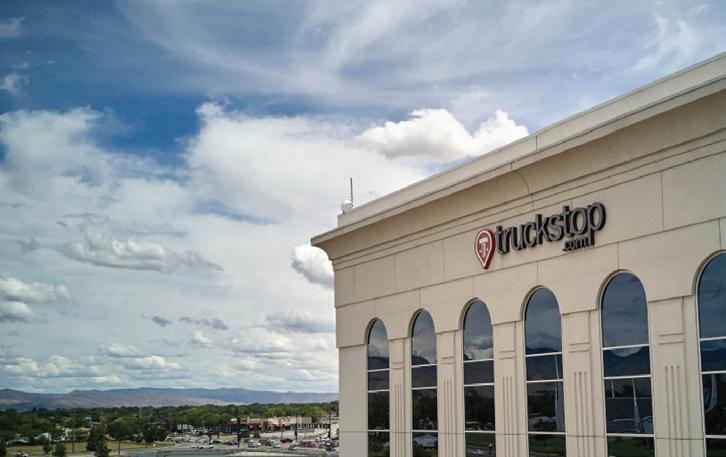Campfire Stories:
A HISTORY OF REDFISH LODGE
BY ALICE KLEIN
Nestled at the base of Idaho’s Sawtooth Mountains is Redfish Lake, an alpine paradise just south of Stanley and destination for locals and tourists alike.
Named for the returning sockeye salmon that made the lake glitter as red as Dorothy’s ruby slippers, Redfish Lake has been a favorite since the early 1880s when a wagon road over Galena Summit began drawing the attention of crowds seeking both fish and beauty. And, while today’s travelers can stay connected (though they really shouldn’t) via wireless internet, the lake didn’t get a telephone until 1915, soon followed by a dock, which sort of started it all. The docks and boats, it turned out, would sustain the lake via rentals, even when the lodge struggled. In the summer of 1928, Idaho explorer Robert W. Limbert finally began building Redfish Lodge, which had been a while in the making.
10
Limbert was a photographer, writer, artist, poet, hunter, marksman, and conservationist, among other things. He gained some notoriety when National Geographic published a story about his trek through Idaho lava flows, though it took nearly four years and a lot of convincing. In 1926, Limbert was a traveling delegate for conservation organization the Izaak Walton League, which returned him again and again to Idaho’s varied landscapes. So moved was he by Idaho’s wilderness, he began offering horseback trips, allowing him to share Idaho with others. Redfish Lake especially spoke to Limbert, and he aspired to build a lodge that would help shelter the same tourists he escorted on horseback. His goal was to create a place where one could truly commune with nature, and today’s visitors still do exactly that. Limbert saw potential in the land, both for its beauty and economic potential thanks to growing automobile and railroad industries. With a group of
www.idahomemagazine.com
investors, Limbert formed Sawtooth Tours Incorporated, which sought to build two hotels and 40 cabins for Idaho’s tourists. His investors were notable--J.L. Kraft, who founded the Kraft Cheese Company, contributed a small amount and stock market speculator Lewis Megowen made a large investment, allowing Limbert to continue his work. Berrhard Deiderich Horstmann, known as Dick, first broke ground where the lodge stands, building a cabin around 1920. Though Horstmann died in 1928, Limbert worked to open a much larger structure than Horstmann had originally envisioned by signing a 100-year lease on his land. Complete with a fleet of two motorboats, row boats, and canoes, and a not-yetcompleted second floor, the lodge opened 10 tent cabins in 1929, and was very much a family affair--Limbert’s wife and her friend cooked for guests,












